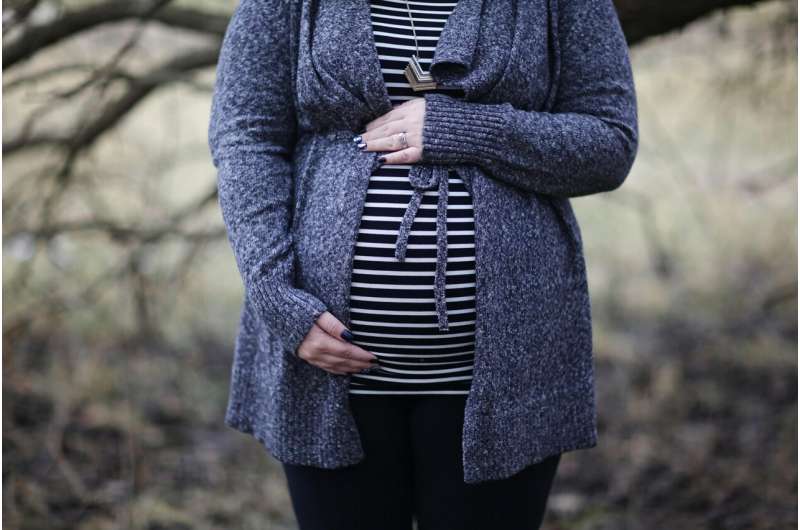This article has been reviewed according to Science X's editorial process and policies. Editors have highlighted the following attributes while ensuring the content's credibility:
fact-checked
peer-reviewed publication
trusted source
proofread
Scope of maternal substance use disorder crisis is dramatically underestimated, says study

Drug overdoses are a leading cause of maternal mortality in the United States, which has the highest maternal mortality rate of all high-income nations. And despite this convergence of the maternal mortality and overdose crises, substance use during pregnancy has traditionally only been tracked during the hospital visits when babies are delivered.
In a new study, published in the June edition of Annals of Epidemiology, researchers at Emory University's Rollins School of Public Health found the traditional measurements greatly underestimate the true impact of substance use disorders (SUD) on the maternal mortality crisis.
The researchers analyzed data of the 330,872 people who experienced in-hospital births across New York State between September 2016 and January 2018 to study, for the first time, the prevalence of SUD diagnosis during all nine months of pregnancy, at the time of delivery, and one year postpartum. New York State is one of 17 states that curates the type of person-level identifiers that make it possible to analyze patient data across different time periods, visits, and facilities.
This analysis showed the prevalence of SUD diagnosis was 43% higher during all 21 months of the pregnancy and postpartum periods than previous delivery-only estimates.
"Drug misuse during pregnancy has been neglected as a public health issue for a very long time, so this Emory team has been working to build up the public health evidence that is needed for action and to help people survive," says study co-author Hannah LF Cooper, ScD, chair of substance use disorder research at Rollins. "And what we found, is that we have been dramatically underestimating the scope of maternal substance use disorders in this country using traditional methods."
The Emory study also found:
- The highest rates of hospital-based diagnoses of maternal SUD diagnosis occurred, and steadily increased, across the full postpartum year, ending dramatically higher than it was in the first pregnancy trimester.
- Black and Native American women were approximately 80% more likely to be diagnosed with a SUD than their white counterparts during the 21-month period.
- SUD diagnosis rates of patients on Medicare were more than 18 times higher than privately insured patients.
- Patients who lived in suburban and rural areas were as much as three times more likely to be diagnosed with a SUD than their counterparts in large metropolitan areas.
"What is exciting about this study is that other researchers can use our methodology to improve studies, and we strongly believe that the quality of many different study questions can improve with these kinds of tactics," says the study's first author Rohan D'Souza, a biostatistician in Rollins' Department of Biostatistics and Bioinformatics.
More information: Rohan R. D'Souza et al, Person-centered hospital discharge data: Essential existing infrastructure to enhance public health surveillance of maternal substance use disorders in the midst of a national maternal overdose crisis, Annals of Epidemiology (2024). DOI: 10.1016/j.annepidem.2024.04.007



















